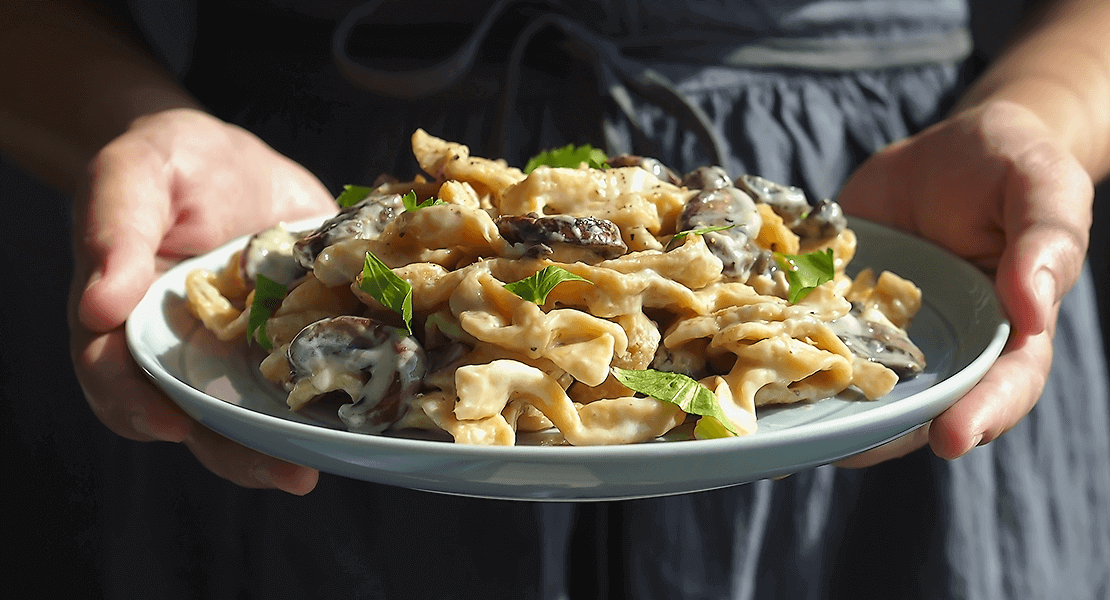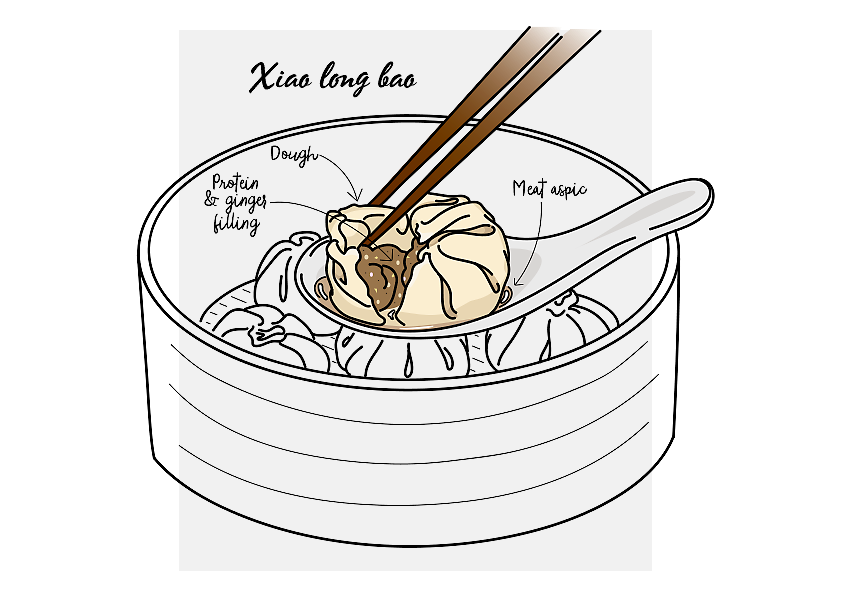
What does comfort food mean to you?
Many people picture indulging in
decadent food on a cold winter evening
or after a bad day at work. Others think
of the way a fresh fruit smoothie gives
them an invigorating boost. Whatever
you imagine, the essence of comfort
food is feeling good.
The global uncertainty and change of
the last three years has led to a rise in
comfort food sales—one food delivery
firm saw a 76% increase in the UK—as
well as some exciting innovations. After
spending extended periods of time at
home during lockdowns, consumers
have been crafting new takes on their
favourite classics.
Chefs and culinary innovators are
sharing their home cooking experiments,
inspiring consumers to try new flavour
combinations. Without losing the
essence of the dishes we know and
love, pairing classic favourites with a
different ingredient, cooking method
or meal occasion gives us a whole new
cuisine—“classics with a twist”—to enjoy.
In addition, these twists and trends take
on a distinctly regional flair, which our
global team have been exploring in their
local markets.
Twists & Trends: Europe and North America
Cuisine fusion is popular in the UK, like loaded veggie
fries with Mexican-inspired salsa, avocado, coriander
and lime. They’re also seeing greater providence
in cooking methods like slow-proved pizza dough,
tossed by hand in Italy and stone baked.
Premium ingredients and flavour pairings are
bringing an indulgent note to everyday dishes. US
product innovation is demonstrating this trend, like a
premium macaroni cheese flavour fusion with truffle
and wild porcini mushrooms.
Back in Europe, the Protected Designation of Origin
(PDO) identification is another way comfort food
is being given a twist. From a four cheese pizza to
parmesan cashew nuts, consumers are enjoying new
innovations with favourite meals & snacks.
Twists & Trends: Asia
The ultimate Chinese comfort food is Xiao Long Bao,
little steamed nuggets of minced pork with a burst of
broth enclosed in a dough made from flour. Vendors
and restaurants have created a myriad of their own
versions, including infusions with crab meat, extra
large ones for more of the same goodness, and others
with seasonal vegetables added.
Meanwhile, chefs in some Southeast Asian countries
are experimenting with kueh (or kuih in Malay).
Kueh is a staple snack that can be sweet or savoury,
and most are baked or steamed traditionally using a charcoal fire. Some chefs are creating
variations of kueh using new filling ingredients,
such as crushed roasted peanuts. Others
apply new cooking methods to traditional
ingredients for a unique texture and mouth
feel. When tradition is given a cheeky yet
respectful twist, it can charm even purists.

The ultimate Chinese comfort food is Xiao Long Bao, little steamed nuggets of minced pork with a burst of broth enclosed in a dough made from flour.
From feeling the warmth of aromatic Thai-seasoned
winter soup to savouring a serving
of raclette with family, comfort food means
many things to many people. Most importantly,
whether it is home-cooked or store-bought,
comfort food conjures nostalgic memories of
the places and people we treasure. It reminds
us of simpler times, when there was no
problem so big it couldn’t be solved by food
made with love.
Sources: What does comfort food mean to you? | Winter food and drink | The Guardian, Just Eat Takeaway orders soar 76% during six months of Covid restrictions | Couriers/delivery industry | The Guardian